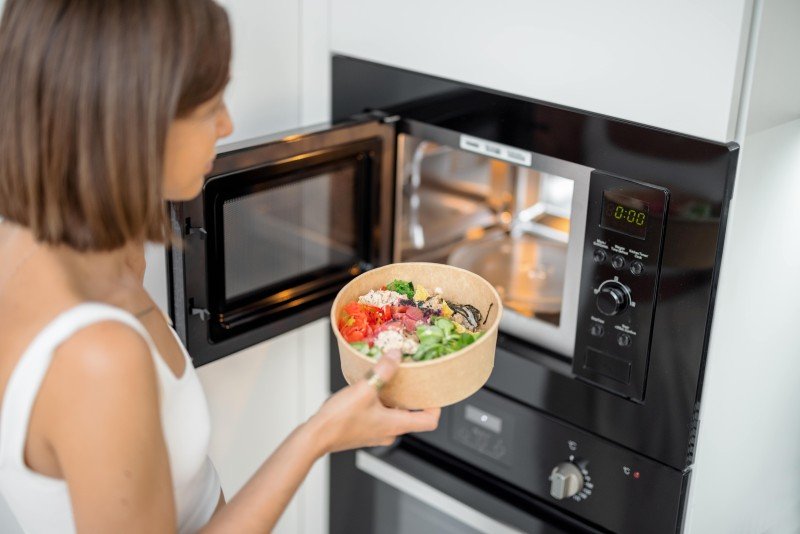Understanding Electric Ovens and Hobs: Your Guide to Cooking Efficiency
Electric ovens and hobs have actually changed the cooking landscape, offering home cooks and expert chefs a dependable, efficient, and constant method to prepare meals. As technological developments continue to influence home appliance style, the efficiency and performance of electric cooking systems have considerably enhanced. This article dives into the features, benefits, and factors to consider surrounding electric ovens and hobs, supplying a thorough introduction for anyone looking to upgrade or invest in kitchen appliances.
What Are Electric Ovens and Hobs?
Electric ovens are kitchen appliances designed for baking, broiling, roasting, and other cooking methods that need regulated heat. They utilize electric coils or radiant heat elements to generate and maintain the wanted temperature level. Electric hobs, often referred to as electric cooktops, are flat surfaces with heating components that enable pots and pans to be placed straight on them for cooking.
Table 1: Key Differences Between Electric Ovens and Hobs
| Function | Electric Oven | Electric Hob |
|---|---|---|
| Main Function | Baking, roasting, broiling | Heating pots and pans for cooking |
| Heating Method | Electric coils or radiant elements | Induction, radiant, or ceramic components |
| Operation Temperature Range | Up to 500 ° F (260 ° C | ) Varies by style; normally lower than ovens |
| Cooking Styles | Versatile; suitable for various meals | Mainly stovetop cooking techniques |
| Space Requirement | Normally built into kitchen cabinetry | Typically standalone or integrated options |
| Energy Consumption | Typically higher, depending upon usage | More energy-efficient with induction hobs |
Advantages of Electric Ovens and Hobs
When considering electric ovens and hobs, it's vital to comprehend their many advantages, which can improve the cooking experience.
1. Constant Heating
Electric ovens and hobs supply even and constant heating, which is crucial for numerous cooking strategies. This ensures that meals cook consistently, minimizing the possibilities of overcooking or undercooking certain locations of food.
2. Security Features
Modern electric ovens and hobs come geared up with different security functions to prevent mishaps in the kitchen. For example, lots of designs consist of automatic shut-off functions, hot surface indicators, and child safety locks.
3. Easy to Use
Unlike gas designs, electric ovens and hobs are straightforward and easy to use. The simplicity of switching on a dial or pushing a button makes them available for cooks of all skill levels.
4. Versatile Cooking Options
With various cooking approaches possible, from baking to simmering, electric designs are versatile enough to accommodate a vast array of cooking designs and preferences.
5. Cleaning up and Maintenance
Electric ovens typically include smooth surface areas that are simple to tidy, especially models with self-cleaning capabilities. Hobs, specifically induction types, also provide a flat surface area that is easy to wipe down, making maintenance a breeze.
Popular Types of Electric Ovens:
- Conventional Ovens: Ideal for traditional baking and roasting.
- Convection Ovens: Circulate hot air for quicker, even cooking.
- Microwave Ovens: Use electro-magnetic radiation for fast heating and cooking.
- Toaster: Small countertop ovens for quick jobs.
Popular Types of Electric Hobs:
- Induction Hobs: Utilize magnetic fields for rapid heating and energy effectiveness.
- Glowing Hobs: Feature electric coils that warm up to cook food.
- Ceramic Hobs: Offer a smooth surface and are easy to clean.
Factors To Consider When Choosing Electric Ovens and Hobs
While electric ovens and hobs use numerous benefits, numerous factors ought to be taken into account to ensure the right suitable for your kitchen:
1. Area Availability
Assess the readily available kitchen area before buying. Identify whether you require an integrated design or a freestanding device, and determine the measurements carefully to ensure an excellent fit.
2. Cooking Needs
Determine your cooking routines and preferences. If see page bake big amounts or cook complex meals, think about an oven with advanced features like convection settings or multiple racks.
3. Energy Efficiency
Search for energy-efficient models that can help save on utility bills in time. Energy Star-rated devices can be particularly cost-efficient.
4. Spending plan
Set a realistic spending plan that represents both the preliminary purchase and continuous operating expenses. In addition to the device cost, factor in installation and potential repairs.
5. Additional Features
Think about whether functions like wise innovation, programmable settings, or steam cooking options are crucial for your cooking style.
FAQ Section
Q: How do I tidy my electric oven?
A: Most electric ovens included self-cleaning options. If your model does not have this function, enable the oven to cool, then wipe down surface areas with a mix of baking soda and water or a commercial oven cleaner.
Q: Is induction cooking safe?
A: Yes, induction cooking is thought about safe as the heating element just activates when compatible pots and pans touches with it, minimizing the threat of burns.
Q: How long does it consider an electric oven to pre-heat?
A: Preheating times differ based on the oven's model and temperature setting but usually range from 10 to 15 minutes.
Q: Can I use any cookware on an induction hob?
A: No, just ferromagnetic pots and pans is suitable with induction hobs. Inspect for induction compatibility before use to prevent damage.
Q: What is the distinction in between a convection oven and a standard electric oven?
A: A stove consists of a fan that distributes hot air, making sure even cooking and reduced cooking times compared to a standard electric oven, which does not have this function.
Electric ovens and hobs provide a modern service to various cooking requirements, offering efficiency and reliability in the kitchen. As consumers assess their options, understanding the features, types, and considerations will allow them to make educated choices. Whether one is an occasional cook or a cooking lover, electric appliances can enhance the general cooking experience, bringing benefit and creativity to the table.

